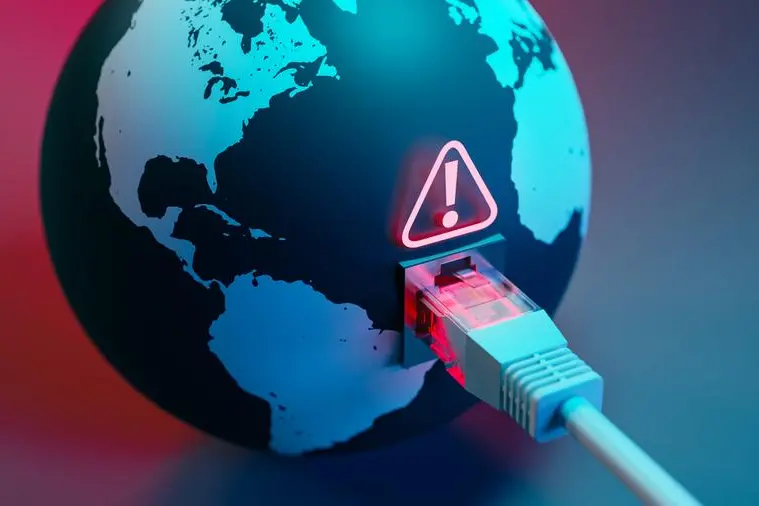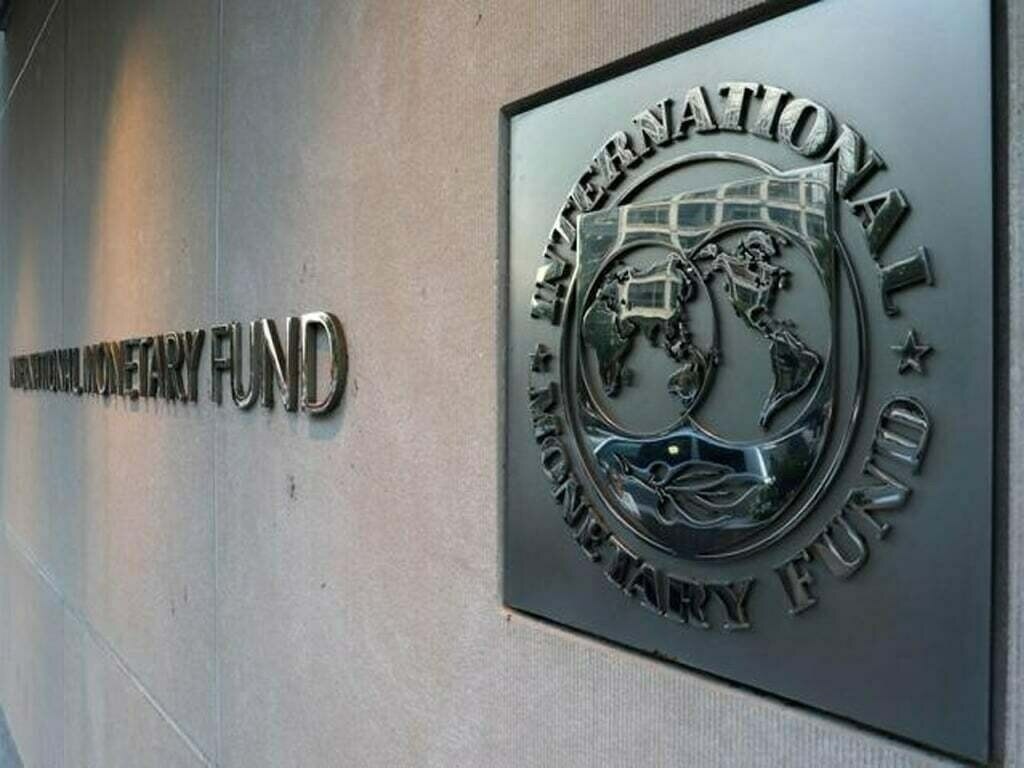Since June 2024, Pakistan has been grappling with continuous internet disruptions, causing widespread uncertainty and frustration among consumers, Internet Service Providers (ISPs), and the broader IT sector. Despite repeated assurances from authorities, the promised solutions have failed to materialize, with shifting deadlines—from June to July, then early September, followed by October’s revised deadline—leaving many skeptical about whether a real solution will ever emerge. The end-of-October target now appears to be just another temporary measure rather than a definitive plan for resolving the crisis.
For ISPs, this ongoing issue has become particularly challenging. As the primary point of contact for the public, ISPs are bearing the brunt of consumer dissatisfaction. The situation has placed them in a difficult position, as they are tasked with explaining service interruptions over which they have no control. The Wireless and Internet Service Providers Association of Pakistan (WISPAP), which represents all forms of internet service providers in the country, has been vocal in urging the government to engage in transparent dialogue and provide tangible support.
Shahzad Arshad, Chairman of WISPAP, has emphasized that the lack of coordination between government authorities and the industry is eroding trust and compromising service quality. ISPs, as intermediaries between the government and the public, are in dire need of clearer communication and a more direct role in the resolution process. WISPAP believes the current approach is inadequate and is failing to safeguard the stability and future potential of the internet sector in Pakistan.
The situation has been compared to India’s internet shutdowns, which saw 116 incidents in 2023. However, the comparison is misleading. India, with its vast geography, demographic diversity, and complex internet infrastructure, faces challenges that are fundamentally different from those in Pakistan. While India may have experienced over 500 shutdowns over the past five years, often regionally targeted, the impact of such disruptions in Pakistan is far more significant due to the country’s smaller IT industry and centralized network structure. Even brief interruptions in Pakistan have a much broader effect on both consumers and businesses.
The Chairman of the Pakistan Telecommunication Authority (PTA) has attempted to address some of the concerns by focusing on technical upgrades, such as expanding the Web Management System (WMS), or firewall, from 5 TB to 8 TB by the end of October. However, WISPAP views these proposed changes with caution, believing they will be insufficient without a comprehensive, collaborative strategy that involves all stakeholders. The association argues that merely setting a deadline without implementing clear actions and shared responsibility will do little to resolve the root causes of the crisis.
Shahzad Arshad remains doubtful about the October deadline and stresses that a more holistic, collaborative strategy is essential for achieving lasting improvement. The IT sector needs not only technical fixes but a unified approach that inspires confidence in the sector’s stability and the government’s commitment to addressing the digital needs of the public.
The prolonged crisis has underscored the need for improved governance, transparency, and a more robust digital strategy for Pakistan. Without clear planning and genuine engagement from authorities, the ongoing instability threatens to undermine the country’s digital development and economic growth. WISPAP, ISPs, and the millions of consumers they serve deserve more than just promises; they need concrete, lasting solutions to ensure a reliable, secure, and sustainable internet environment for all.
READ MORE:
IMF Mission Chief Nathan Porter Suggests Pakistan’s Current Loan Program Could Be Its Last
The way forward requires collective action, transparent decision-making, and a long-term commitment to restoring stability and confidence in Pakistan’s digital future.



